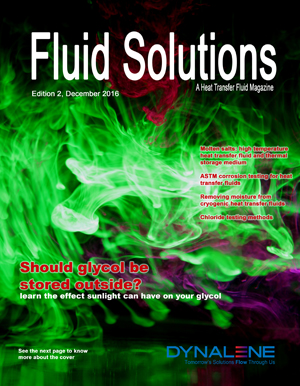Deionized water and Deionization
Deionized water or DI water is water of which the minerals or salts are removed. This water is completely free of dissolved minerals as a result of one of distillation, deionization, membrane, reverse osmosis (nanofiltration) or electrodyalisis. Deionized water is the water of choice in many factories and manufacturing settings where mineral ions, such as […]
Deionized water and Deionization Read More »











